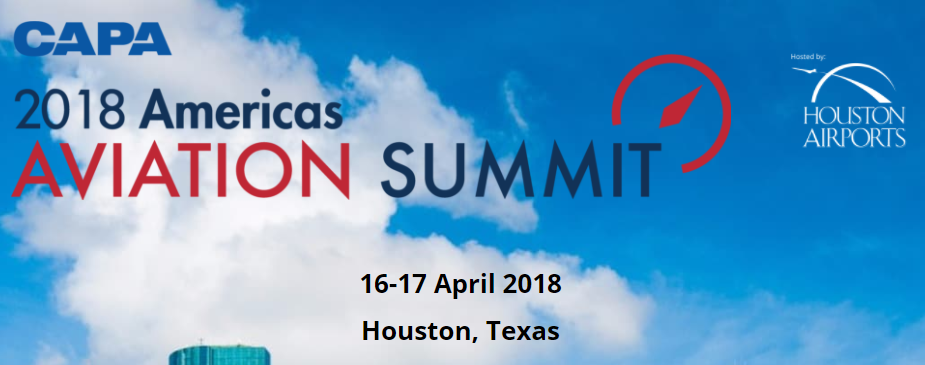Inevitably geographic position plays a large part in an airline's decision whether or not to fly to an airport, but there are many other factors at play. In the US, a large number of airports have suffered reduced service post-consolidation and are actively seeking both domestic and international airlines to rebuild their traffic. There can be extensive synergies between domestic and international operations in terms of locking them in for the long term, so the process of attracting new business can require sophisticated market solutions.
Some of the new "experimental" international routes in particular can be fragile, as has been illustrated recently. Differentiating the offering is one aspect. Aside from ensuring they have the appropriate facilities, fee structure and services to meet the needs of their airline customers, there is huge untapped potential for airports to share data and co-operate commercially with airlines for mutual benefit; this could prove a key factor in attracting and retaining carriers assessing the viability of a new route.
But many questions remain...
- What strategies are airports using today to attract - and to keep - new air services?
- How do needs vary between full service and low cost airlines?
- How can airports help airlines develop a business case for establishing or expanding a new route?
- Sharing data offers opportunities for deeper commercial co-operation such as in retail and merchandising. Is there the will to share - and what are the implications for both sets of parties?
This will be one of the topic areas discussed at the forthcoming CAPA - Centre for Aviation Americas Aviation Summit that takes place in Houston, USA between April 16-17, 2018.
Understanding aviation markets is CAPA's great strength and passion and this year's agenda includes a variety of topics sure to generate interest. How can airports attract new air services - and differentiate their attractiveness? will be the closing panel session on 17-Apr-2018 as part of Session Three, entitled 'North America'.
The high-level Americas Aviation Summit is a forum for debate and discussion of strategic issues facing the region's aviation industry and it is attracting airline and travel industry CEOs from across the Americas region, Asia, Europe and the Middle East.
It is a key time in the United States as it approaches the next generation of aviation. As consumer demands change rapidly, as infrastructure needs remain unsatisfied, and as longstanding policies are under attack, the US airlines are unprecedentedly profitable. There is much that needs to be fixed if they are not to be marooned in the present, domestically and internationally.
FIND OUT MORE... visit the CAPA Americas Aviation Summit homepage to find out more about this not-to-be-missed opportunity to discuss relevant issues impacting the US aviation sector and learn meaningful insights from your industry peers.

